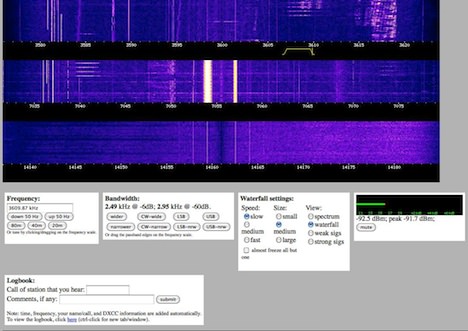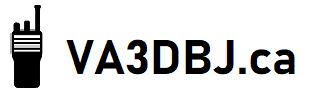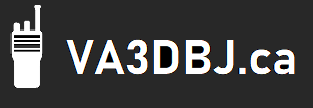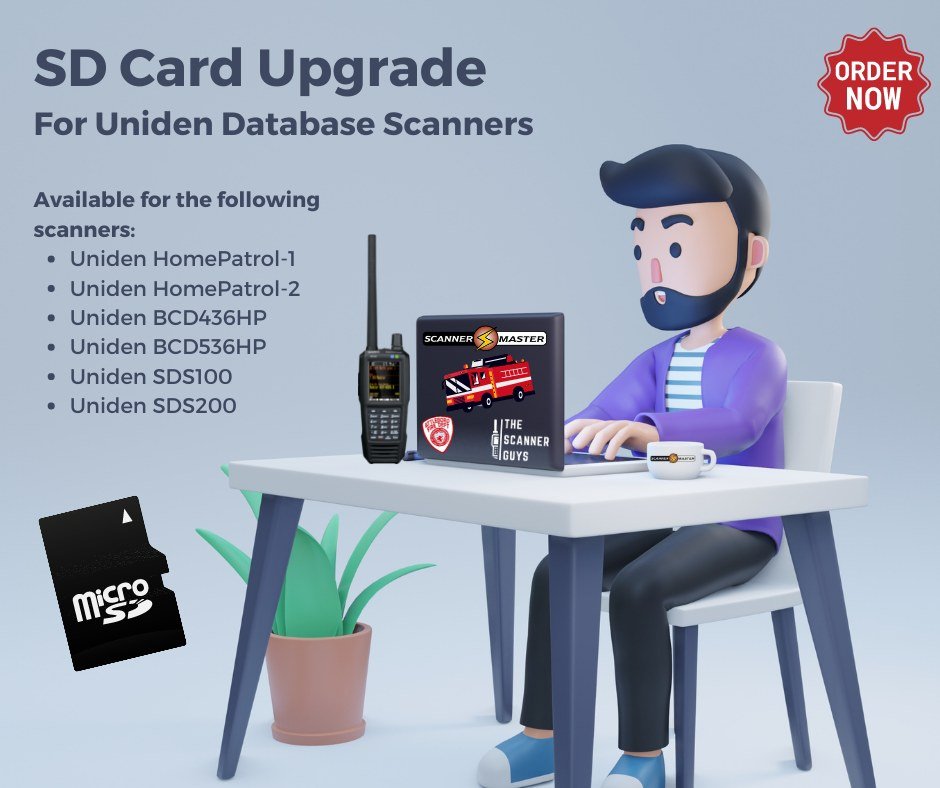WebSDR
Software-Defined Radio (SDR)
Software-defined radio (SDR) is a radiocommunication system where omponents that have been traditionally implemented in hardware (e.g. mixers, filters, amplifiers, modulators/demodulators, detectors, etc.) are instead implemented by means of software on a personal computer or embedded system. While the concept of SDR is not new, the rapidly evolving capabilities of digital electronics render practical many processes which were once only theoretically possible.
A basic SDR system may consist of a personal computer equipped with a sound card, or other analog-to-digital converter, preceded by some form of RF front end. Significant amounts of signal processing are handed over to the general-purpose processor, rather than being done in special-purpose hardware (electronic circuits). Such a design produces a radio which can receive and transmit widely different radio protocols (sometimes referred to as waveforms) based solely on the software used.
Web Based Software-Defined Radio (WebSDR)
A WebSDR is a Software-Defined Radio receiver connected to the internet, allowing many listeners to listen and tune it simultaneously. SDR technology makes it possible that all listeners tune independently, and thus listen to different signals; this is in contrast to the many classical receivers that are already available via the internet.
WebSDR was first conceived as a means to make the 25 m radio telescope at Dwingeloo available to many radio amateurs for EME reception. In order to test a preliminary version of the software without using the 25m dish, a shortwave WebSDR was set up on Christmas Eve 2007 at the radio club of the University of Twente. After further development, its existence was publicly announced in April 2008. Interest for the project has been large since then, and many amateurs worldwide have expressed an interest in setting up their own WebSDR server. In November 2008, a beta testing phase has started with a few selected stations. By now, the software is made available to anyone serious about setting up a server; see the FAQ for information on this.
A WebSDR server consists of a PC running Linux and the WebSDR server software, a fast internet connection (about a hundred kbit/s uplink bandwidth per listener), and some radio hardware to feed antenna signals into the PC. This radio hardware is typically a quadrature mixer connected to the PC’s soundcard, like the popular SoftRock kits.
The vast majority of the WebSDR’s are currently covering the amateur radio bands, they are some that does covered the general radio and aviation. WebSDR.org is the leading web site promoting the webSDR concept and provides links to all registered sites running the webSDR software.
Online Receiver User Interface
One of my favorite, even if limited to only three bands on HF (20,40,80 meters), is the WebSDR receiver-server operated by the amateur radio club – PI4THT – of the University of Twente, Enschede, NL.
This receiver has been online for quite a few years and is very dependable.

The user interface is simple to operate and provides enough control possibilities, of the frequency and passband adjustments, to satisfy casual listening and sampling of the quality of reception that is possible with a SDR … even a “bare-bones” one!
One can hop from one band to the other in just one click. Available bands are:
- 3.576 – 3.624 MHz
- 7.032 – 7.080 MHz
- 14.137 – 14.185 MHz
Once you get the hang of the waterfall display, you can easily spot a SSB signal (for instance) and slide over to listen in.
Compared to the old way of “tuning around” blindly with a VFO dial, the waterfall display is a very enjoyable feature of a typical SDR user interface.
When you own a full-fledged SDR, and with a little practice, you will be able to recognize different modes of communication used in ham radio (SSB, SSTV, RTTY, FAX, etc) on sight on the waterfall and “slide” over to tune them in. Very neat stuff!
Share this:
- Click to share on Facebook (Opens in new window) Facebook
- Click to share on X (Opens in new window) X
- Click to share on Bluesky (Opens in new window) Bluesky
- Click to share on Threads (Opens in new window) Threads
- Click to share on Mastodon (Opens in new window) Mastodon
- Click to share on Pinterest (Opens in new window) Pinterest
- Click to share on LinkedIn (Opens in new window) LinkedIn
- Click to share on Reddit (Opens in new window) Reddit
- Click to share on Tumblr (Opens in new window) Tumblr
- Click to email a link to a friend (Opens in new window) Email






